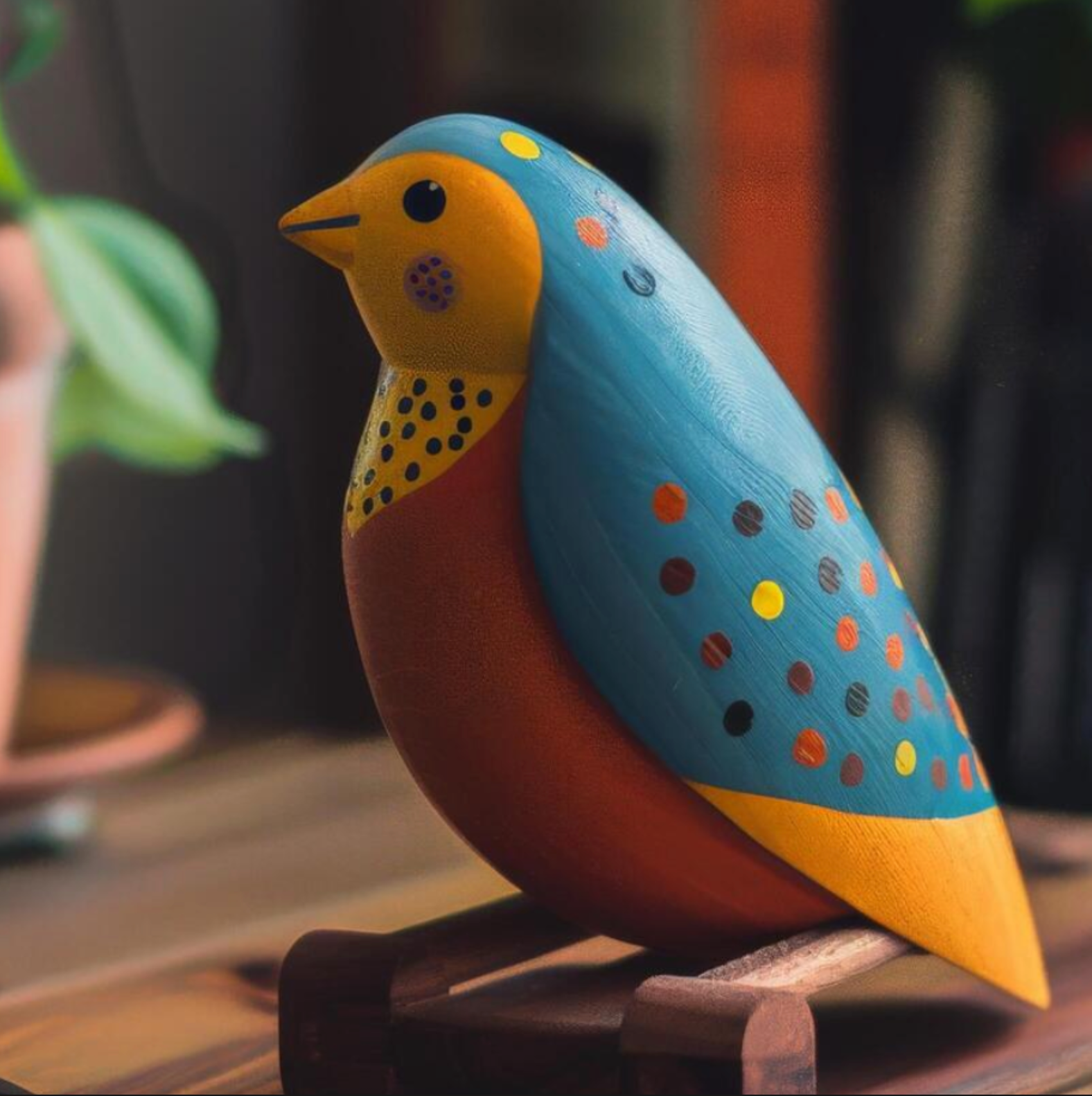DIY AVIARY SETUP

DIY AVIARY SETUP
SUMMARY
Create a spacious and enriching environment for your pet birds with this step-by-step guide to setting up a DIY aviary. Learn how to design, build, and furnish an aviary that meets the needs of your birds while ensuring their safety, comfort, and well-being.
FEATURES
- Choosing the Right Location: Find the best indoor or outdoor space for your aviary.
- Selecting Safe Materials: Use bird-safe wood, mesh, and non-toxic finishes.
- Designing for Space and Flight: Ensure your birds have plenty of room to move and explore.
- Proper Ventilation and Lighting: Maintain a healthy air supply and access to natural light.
- Perches, Swings, and Enrichment: Create a stimulating environment with natural accessories.
- Feeding and Hydration Stations: Set up accessible food and water areas.
- Safety and Security Measures: Prevent escapes and protect against predators.
- Cleaning and Maintenance Tips: Keep your aviary hygienic and well-maintained.
DESCRIPTION
Building a DIY aviary is a great way to provide your pet birds with a spacious and stimulating environment where they can fly, socialize, and explore. Whether you’re setting up an indoor or outdoor aviary, proper planning and construction are key to creating a safe and enriching space.
Choosing the right location is the first step in designing an aviary. If building an indoor aviary, select a well-lit, well-ventilated room away from loud noises and potential hazards. For outdoor aviaries, choose a shaded area with protection from extreme weather conditions.
Selecting safe materials ensures that your aviary is free from toxic substances. Use untreated, bird-safe wood for framing, stainless steel or powder-coated wire mesh for walls, and non-toxic sealants to protect against moisture. Avoid materials that contain lead, zinc, or harmful chemicals.
Designing for space and flight is essential for a functional aviary. Birds need enough room to spread their wings, fly short distances, and move freely. A good rule of thumb is to provide at least 3–4 times the wingspan of your largest bird in length, width, and height. Vertical space with multiple perches encourages natural movement.
Proper ventilation and lighting help maintain a healthy environment. An aviary should have good airflow to prevent humidity buildup while protecting birds from drafts. Natural light is ideal, but if indoors, full-spectrum bird-safe lighting can provide the necessary UV exposure for health and well-being.
Perches, swings, and enrichment make the aviary engaging. Use natural wooden branches of varying thicknesses for perches to support foot health. Hanging swings, ladders, and foraging toys encourage activity and prevent boredom. Providing hiding spots, tunnels, and climbing structures adds variety to the space.
Feeding and hydration stations should be placed strategically within the aviary. Water bowls or dispensers should be kept clean and accessible. Food stations should be positioned to prevent contamination from droppings, and multiple stations may be needed if housing multiple birds to reduce competition.
Safety and security measures protect birds from potential hazards. For outdoor aviaries, use predator-proof mesh and secure locks to prevent escapes. If housing different bird species, ensure compatibility and provide separate areas if needed. Check for any sharp edges, loose wires, or gaps that birds could get caught in.
Cleaning and maintenance tips help keep the aviary hygienic. Removable trays or easy-to-clean flooring simplify waste management. Regularly disinfect food and water containers, replace bedding or cage liners, and rotate enrichment items to keep the environment fresh and engaging.
By following these steps—choosing a good location, using safe materials, ensuring proper ventilation, and incorporating enrichment—you can build a DIY aviary that provides a natural and comfortable living space for your birds. A well-designed aviary not only enhances your birds’ quality of life but also allows them to express natural behaviors in a safe and controlled environment.
- sri palani

Comments 0